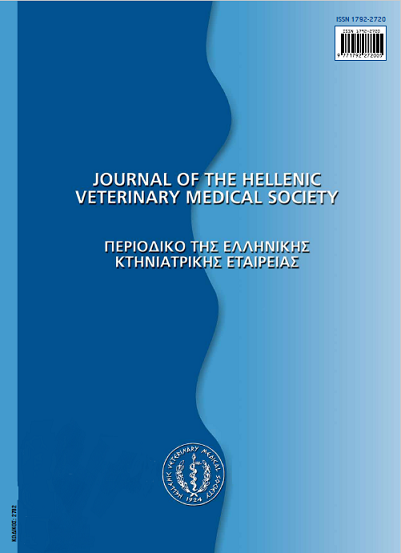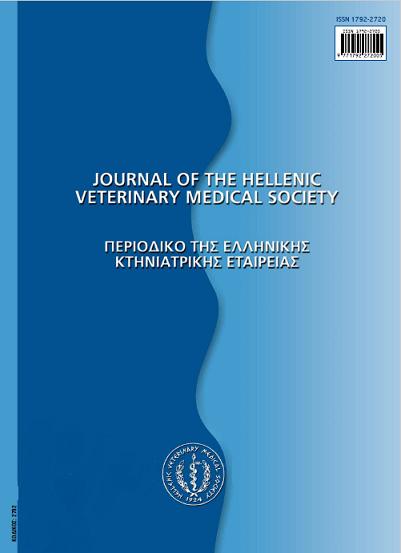Evaluation of the thermal processing of meat products in cylindrical cans using the General and Computer methods
Résumé
Cylindrical cans (73x109 mm) were filled with luncheon meat and corned beef were sterilized with steam at 121.1°C for 96 and 91 min, respectively. The evaluation of the thermal processing was made using the General method and a Computer method. The General method used the experimental temperatures recorded by thermocouples while the Computer method predicted the internal temperatures of foods in cylindrical cans, using the finite difference numerical solution of heat conduction equation. By the end of heating at 121.1 °C and following cooling, comparison of the (Fo) value and the decimal reduction (log D121.1) of the initial population of the Clostridium botulinum at the geometric centre of the can for both examined meat products, estimated by the General method with those estimated by the Computer method, showed that there was no any significant difference between them (P>0.05). Comparison of recorded temperatures at the geometric centre of cans of both meat products with those estimated by the Computer method showed that, there was no any significant difference between them (P>0.05) during heating at 121.1 ° C, but a significant difference between them (P<0.05) was observed by the end of cooling.
Article Details
- Comment citer
-
GOVARIS (Α. ΓΚΟΒΑΡΗΣ) A., & AMBROSIADIS (Ι. ΑΜΒΡΟΣΙΑΔΗΣ) I. (2018). Evaluation of the thermal processing of meat products in cylindrical cans using the General and Computer methods. Journal of the Hellenic Veterinary Medical Society, 53(2), 103–112. https://doi.org/10.12681/jhvms.15363
- Numéro
- Vol. 53 No 2 (2002)
- Rubrique
- Research Articles

Ce travail est disponible sous licence Creative Commons Attribution - Pas d’Utilisation Commerciale 4.0 International.
Authors who publish with this journal agree to the following terms:
· Authors retain copyright and grant the journal right of first publication with the work simultaneously licensed under a Creative Commons Attribution Non-Commercial License that allows others to share the work with an acknowledgement of the work's authorship and initial publication in this journal.
· Authors are able to enter into separate, additional contractual arrangements for the non-exclusive distribution of the journal's published version of the work (e.g. post it to an institutional repository or publish it in a book), with an acknowledgement of its initial publication in this journal.
· Authors are permitted and encouraged to post their work online (preferably in institutional repositories or on their website) prior to and during the submission process, as it can lead to productive exchanges, as well as earlier and greater citation of published work.











